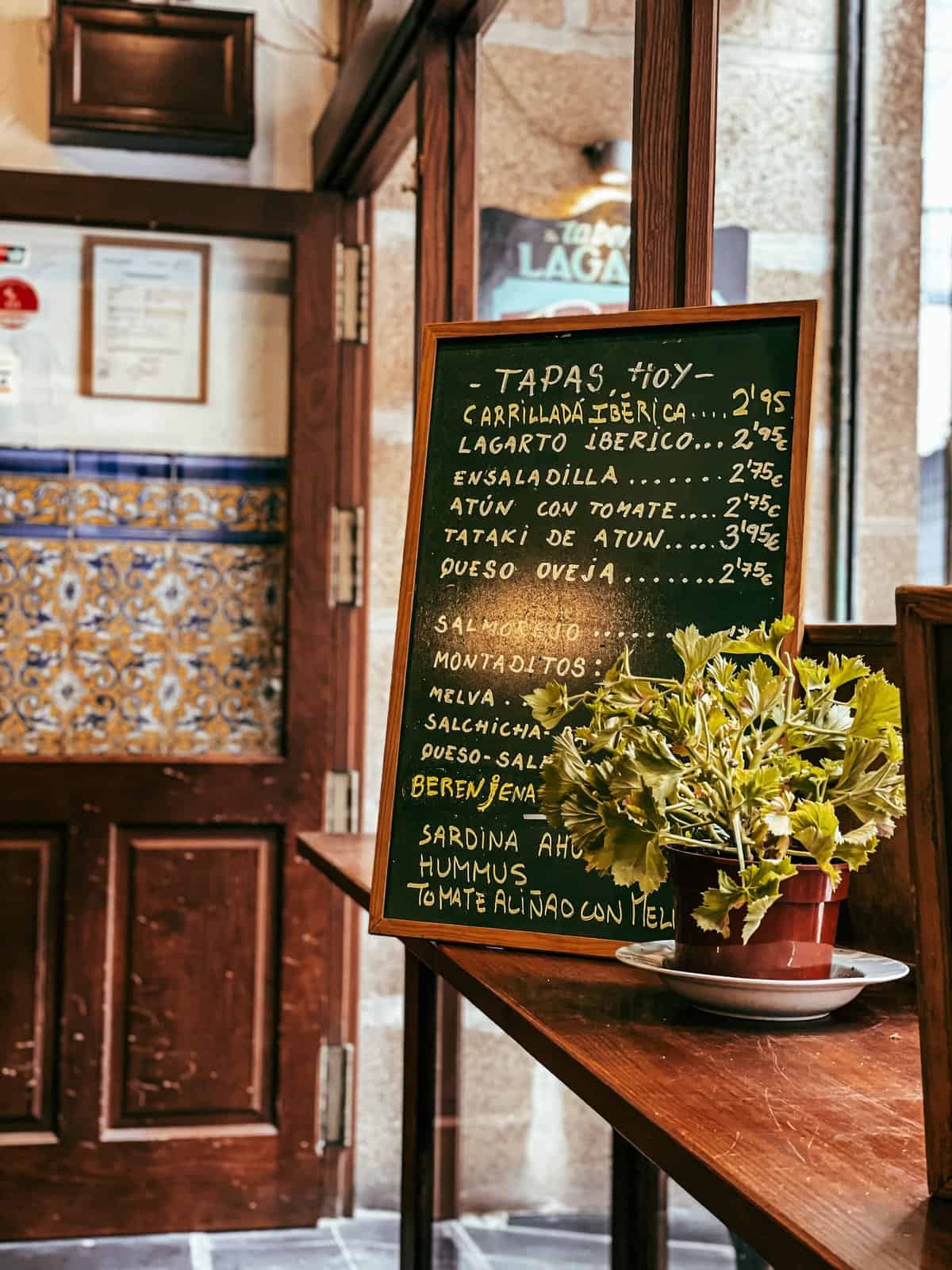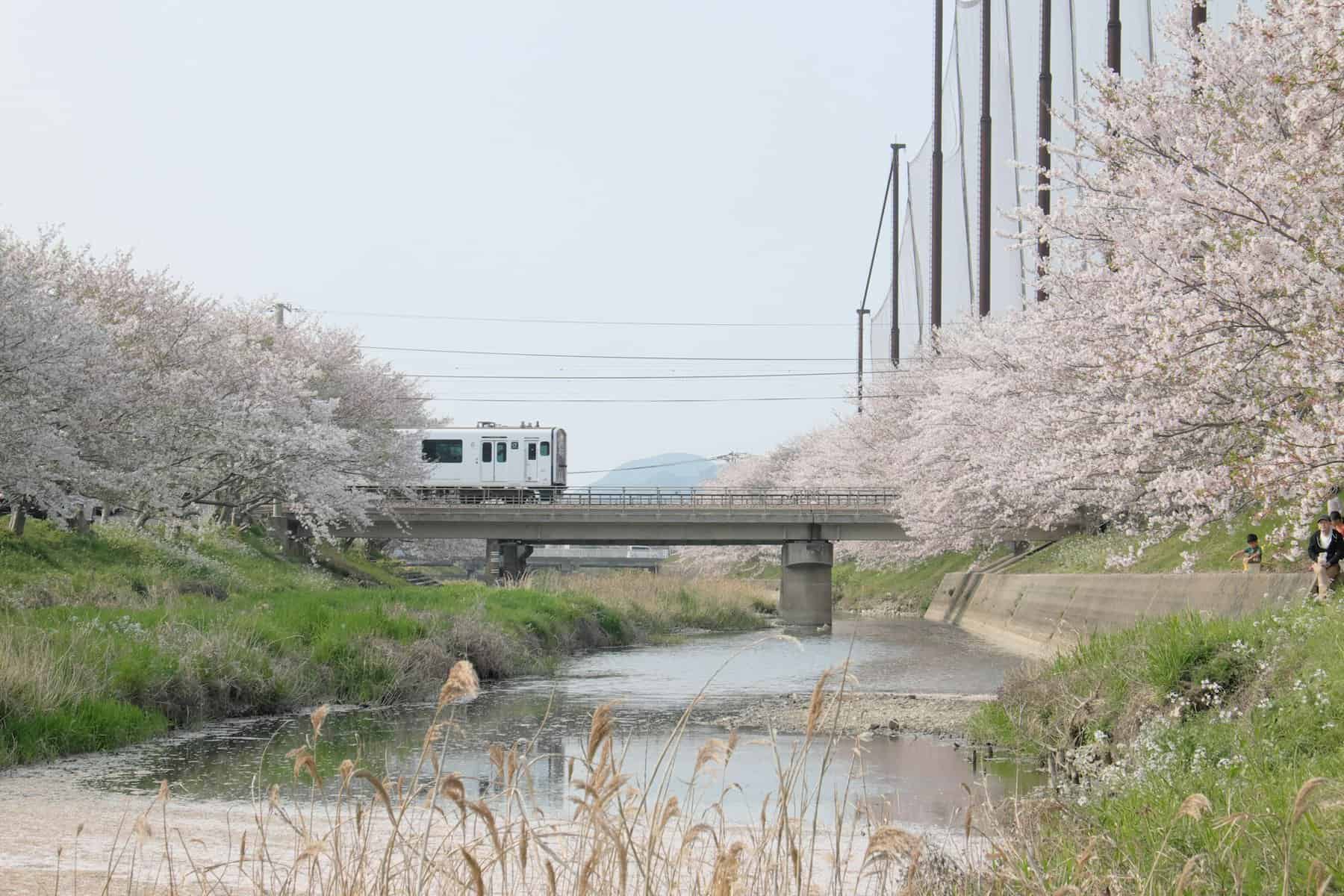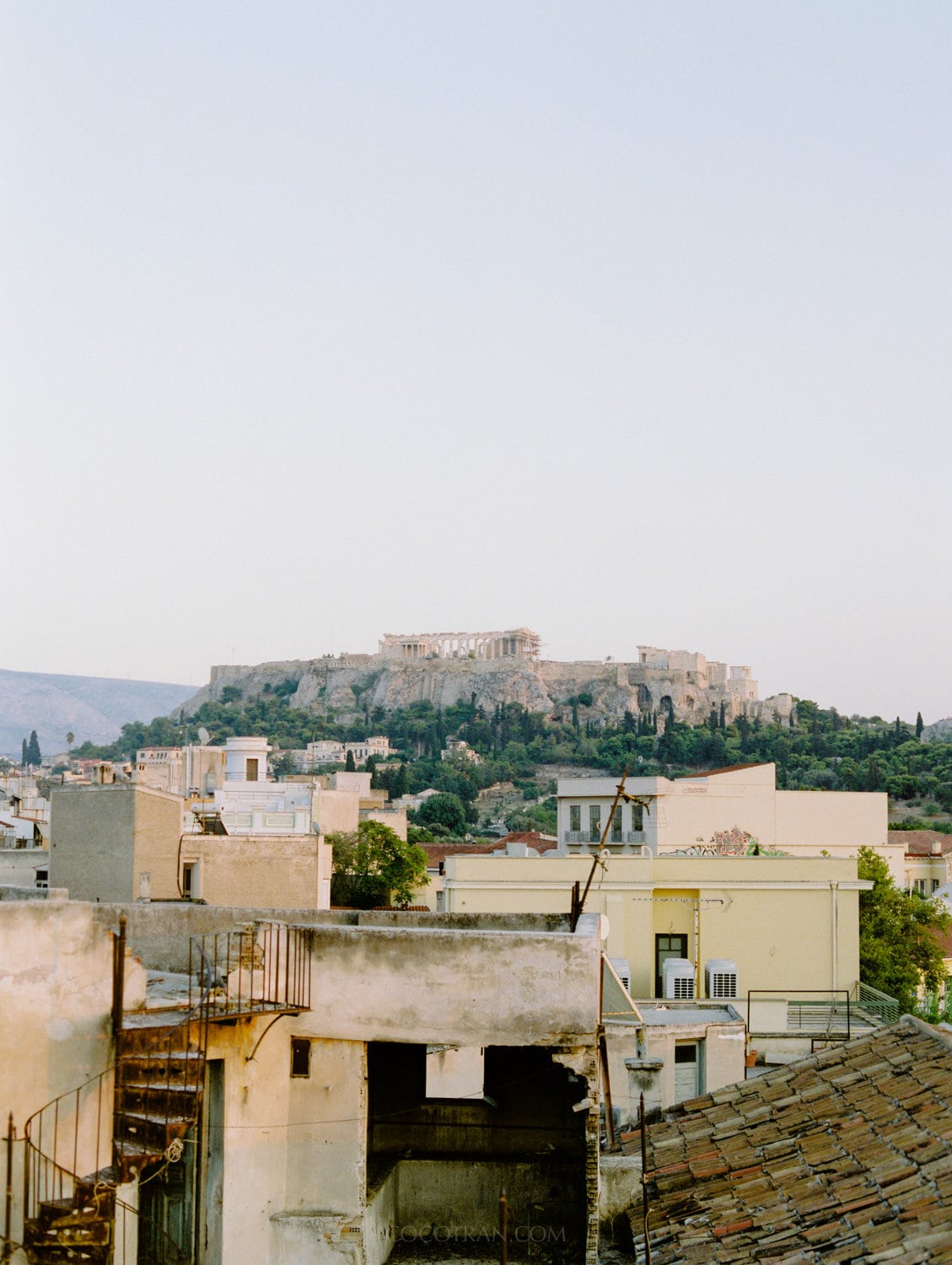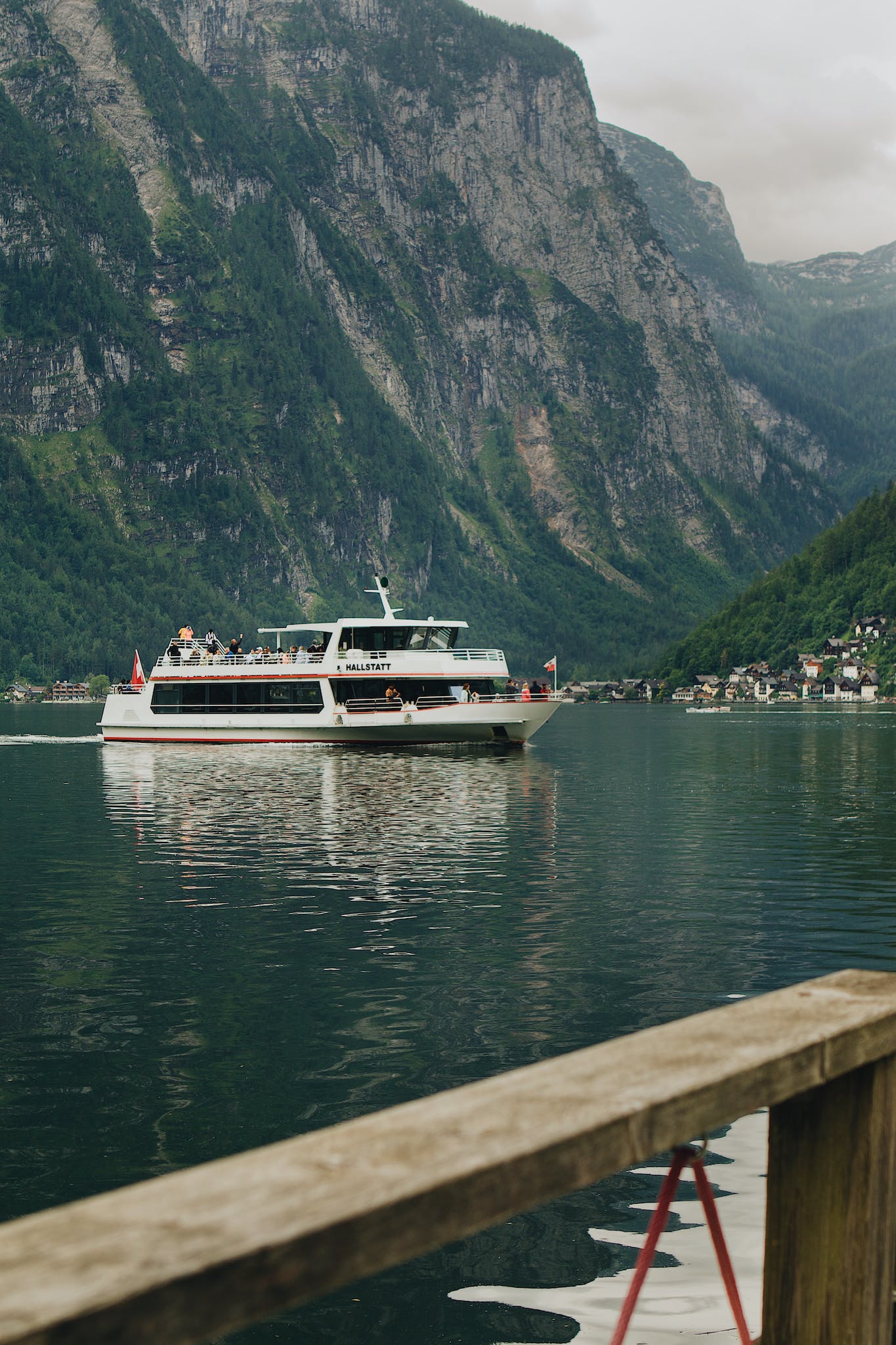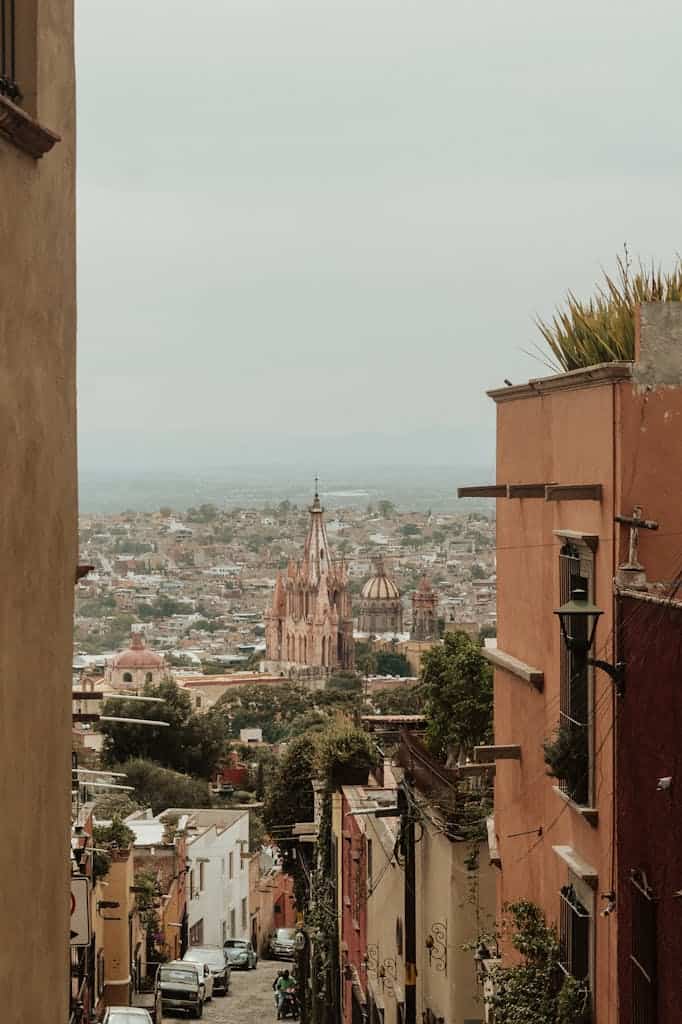International Airports in Italy: The Best Airport To Fly Into
Are you planning to travel to Italy? In this article, I’m going to help you choose the right international airport in Italy to fly into!
I’ll talk about each of the main airports and what amenities they have and why you should fly into that airport, and share helpful tips such as how much it costs to travel by transport to the city center.
Best Way To Get From International Airport To Hotel
Ready to book your airport transfer? I recommend you pre arrange and book a private transfer from the airport. It’s the easiest and most convenient way to get to your hotel. Avoid surge pricing of Uber in Italy and Taxi scams.
READY TO BOOK YOUR TRIP?
Best Travel Resources to plan your trip
more helpful travel resources
*This site contains product affiliate links, and I may get a commission, which costs you nothing extra. Thanks for your support
ready to book Your Airport Transfer?
Book this private transfer from the Airport to your hotel! a convenient and comfortable experience with a near-perfect 5 Star ⭐ ⭐ ⭐ ⭐ ⭐ rating.
International Airports in Italy : The Best Airport To Fly Into
Home to several major international airports that serve as important hubs for travel within Europe and beyond. The country’s largest and busiest airports are located in Rome, Milan, and Venice, providing extensive domestic and international connections.
Smaller regional airports also play a key role in handling flights from other European destinations as well as some intercontinental routes.

how many airports in italy? major airports in italy
There are approximately 130 airports in Italy according to official statistics. This includes:
- 15 major airports in Italy handle over 5 million passengers per year. These major International Italy Aiports include Rome Fiumicino, Milan Malpensa, Venice Marco Polo, Catania, Naples, Bologna, Palermo and others.
- Around 30 regional airports with scheduled domestic and European flights. Examples are Turin, Genoa, Verona, Bari, Brindisi, Cagliari, Alghero, etc.
- Approximately 85 smaller airports focused on general aviation, air taxi services, and minor domestic routes. These include airports like Ravenna, Bolzano, Taranto, Parma, Perugia, etc.

The busiest airports are located in major cities like Rome, Milan, Venice, Naples, Catania, Bologna, and Palermo. These airports connect Italy to destinations across Europe and worldwide.
Regional airports serve important domestic routes linking cities within Italy. They also offer some intra-European connections.
Smaller airports cater mostly to private jets, air taxis, and training flights, and provide minor connections to larger hubs. Some also serve as bases for firefighting aircraft.
major airports in italy : list of Italy airport codes for all major airports Italy has
how many international airports in italy?
Italy has nine major international airports. Below you’ll find all the Major Aiports in Italy and smaller aiports in Italy and their airport codes
- Rome Fiumicino – FCO
- Milan Malpensa – MXP
- Milan Linate – LIN
- Venice Marco Polo – VCE
- Bergamo Orio al Serio – BGY
- Naples – NAP
- Catania – CTA
- Bologna – BLQ
- Palermo – PMO
- Florence – FLR
- Pisa – PSA
- Genoa – GOA
- Turin – TRN
- Verona – VRN
- Bari – BRI
- Cagliari – CAG
- Brindisi – BDS
- Lamezia Terme – SUF
- Rimini – RMI
- Parma – PMF
- Perugia – PEG
- Pescara – PSR
- Reggio Calabria – REG
- Crotone – CRV
- Rome Ciampino – CIA
- Alghero – AHO
- Trapani – TPS
- Comiso – CIY
- Trieste – TRS
- Treviso – TSF
- Olbia – OLB
- Pantelleria – PNT
This covers the major international airports as well as smaller domestic airports throughout Italy.

italy international airports
best airports in italy: Rome Fiumicino Airport (FCO)
Rome Fiumicino, also known as Leonardo da Vinci Airport, is Italy’s main airport in Rome. It is Italy’s busiest airport.
Located just over 20 miles southwest of central Rome, Fiumicino handles over 40 million passengers annually and connects to over 100 destinations worldwide.
It serves as the main hub for Italy’s largest airline Alitalia and sees flights from all the major European carriers as well as several international airlines.
Rome Fiumicino Airport is the ideal arrival airport for travelers visiting Rome. It is Italy’s largest airport with the most domestic and international connections. Fiumicino offers the fastest transit times to central Rome via the Leonardo Express train or taxi.
Major European carriers like British Airways, Air France, Lufthansa all hub at Fiumicino along with the largest domestic operator Alitalia. Long-haul airlines operating direct US and Asian flights here include United, American Airlines, Delta, All Nippon Airways, and Cathay Pacific.
There are two passenger terminals at Fiumicino. Terminal 1 is used for domestic and Schengen flights, while Terminal 3 handles non-Schengen international routes. The terminals are connected by walkways and an automated people mover system.
A railway station within the airport connects Fiumicino to Rome’s city center, with the Leonardo Express train taking just 32 minutes to reach Termini Station.
Taxis are also readily available with the taxi fare to central Rome costing a fixed rate of €48.
In recent years, Fiumicino has undergone extensive renovations and expansions to boost capacity. This includes an entirely new €1.3 billion Terminal 5 that opened in 2016 to accommodate rising passenger numbers.
Facilities also include vast shopping areas and over 100 food & beverage options between the terminals.
second best airports in italy: Milan Malpensa Airport (MXP)
Milan Malpensa Airport is the second busiest airport in Italy after Rome Fiumicino and it is the main airport in Milan. Located approximately 45 km northwest of central Milan, Malpensa serves as a major intercontinental gateway with flights connecting across Europe, the Middle East, Asia and the Americas. It is the main hub for Italy’s second largest airline Air Italy.
Malpensa Airport is Milan’s top international gateway, serving passengers flying long-haul from the Americas, Middle East and Asia.
It offers direct flights on Emirates, Etihad Airways, Singapore Airlines, Delta and American Airlines from their global hubs. Most major European airlines also fly into Malpensa for international travelers headed to Milan. Domestic tourists can access Malpensa via frequent rail links from central Milan.
Malpensa has two passenger terminals, Terminal 1 and Terminal 2. Terminal 1 is used for most international flights, while Terminal 2 handles budget airlines and some domestic routes within Italy and Europe.
A free shuttle bus connects the two terminals. Both terminals have been recently renovated and offer good shopping and dining options.
The Malpensa Express train runs frequently between the airport and downtown Milan with a travel time of 40 minutes to Milano Cadorna station and 53 minutes to Milano Centrale station.
Taxis and car services are also available, taking around 50 minutes to reach central Milan at a cost of €95-100.

Milan Bergamo Airport (BGY)
Milan Bergamo Airport, sometimes referred to as Orio al Serio Airport, serves as Milan’s secondary airport and a major base for budget airlines like Ryanair. Situated approximately 40 km northeast of Milan, Bergamo Airport handles over 13 million passengers annually.
Bergamo Airport is best for budget airline travelers headed to Milan or Northern Italy. Ryanair, Wizz Air, and other low-cost carriers operate short-haul flights from Bergamo across Europe. The airport primarily caters to leisure tourists who don’t mind longer transfer times to Milan. Bergamo also offers cheaper car rentals, parking deals and hotels than Malpensa or Linate.
In addition to budget flights around Europe, Bergamo offers several intercontinental routes particularly to the Middle East and Asia.
The terminal has basic facilities including some shops, cafes and free WiFi. There are also regular shuttle buses between the airport and Milan with a journey time of about an hour.
A taxi to central Milan takes around 45 minutes depending on traffic, costing around €55-70.
Venice Marco Polo Airport (VCE)
Venice Marco Polo Airport serves the city of Venice and surrounding region. Located around 7 km north of the city center on the mainland, this is Venice’s main international airport with connections across Europe plus some long-haul routes to North America, Asia and the Middle East. It handles nearly 11 million passengers per year.

Marco Polo Airport is the closest airport to Venice and best arrival point for all travelers headed there. Whether flying internationally or domestically, routing through Marco Polo means direct access to Venice’s historic city center in just minutes via water taxi or the connecting train.
Marco Polo offers excellent flight connections on Alitalia, British Airways, Air France, KLM, Delta and American Airlines.
The airport has one main terminal building. Inside, facilities include duty free shopping, cafes, restaurants, banks and currency exchange.
The Venice-Mestre railway station at the airport provides connections to Venice’s historic Santa Lucia station. The trip takes just 8 minutes by train and costs €8 one-way.
Express buses also run to Piazzale Roma in the heart of Venice, taking about 20 minutes at a cost of €8.
Alternatively, water taxis and road taxis are available with respective fares of around €110 and €45 for the 25-30 minute trip to central Venice.
best airport to fly into italy from usa
The best aiport to fly into Italy from The Usa is Rome Fiumicino and Milan Malpensa . These two aiports offer American travelers the most choice and easiest options for nonstop flights from the USA to Italy.
Venice and Naples provide a few direct seasonal routes too. But for most other Italian destinations, US passengers will need to connect via another European gateway airport.
Italy’s major airports offer direct flights from the USA
- Rome Fiumicino has the most extensive direct connections from North American gateways. Nonstop flights are available to Rome from New York, Newark, Philadelphia, Chicago, Charlotte, Atlanta, Miami, Washington D.C., Los Angeles, San Francisco, Houston, Boston, Detroit and other major US cities.
- Milan Malpensa also has excellent US connections with nonstop flights on Delta and American Airlines from New York, Miami, Atlanta, Detroit, and Chicago.
- Venice Marco Polo Airport has direct flights from several US cities including New York, Newark, Atlanta, Chicago, Philadelphia, Boston, Miami and Charlotte on Delta Air Lines.
- Naples International Airport has some seasonal direct routes to New York JFK, Newark, Atlanta, and Chicago on Delta.
- Florence Amerigo Vespucci Airport currently does not have any direct flights from the USA. The only transatlantic routes are to/from Canada. Most American visitors would connect via another European hub.
- Bologna, Genoa, Turin, Verona, and other smaller Italian airports also lack direct connections to the United States. Indirect service is available connecting through major hubs like Rome, Milan or other European cities.
Florence Amerigo Vespucci Airport (FLR)
Florence Airport, also known as Amerigo Vespucci Airport, serves the capital city of Italy’s Tuscany region.
Conveniently located just 15 minutes by taxi from Florence’s city center, it connects to destinations across Europe. Major airlines operating from Florence include Alitalia, Lufthansa, Air France and British Airways.
The compact Florence Airport situated right next to the city is the most logical arrival airport for Florence visitors. However, its small size also means limited airline options mostly from within Europe. Many international visitors fly into one of Italy’s larger hubs like Rome or Milan and transfer to high-speed rail or domestic flights to reach Florence.
The airport’s small size means it offers limited services and amenities. There is a single terminal building with some shops and cafes.
Taxis are the most convenient transport option for getting to and from Florence. They are available right outside the terminal and cost a standard fare of €20-25 each way.
The small size of Florence Airport means many international visitors to Tuscany will actually fly into Pisa, Rome or Bologna and transfer by train to Florence.
Naples International Airport (NAP)
Naples International Airport, also called Naples Capodichino Airport, serves the southern Italian city of Naples and surrounding Campania region.
Located just 3 miles north of Naples city center, it handles nearly 9 million passengers annually. The airport connects Naples to major Italian and European cities.
Naples Airport primarily serves point-to-point passengers headed to Naples or Southern Italy. Key airlines include Lufthansa, Alitalia, and British Airways offering direct connections from major European cities. Travelers can reach Naples quickly via a short taxi or bus ride from the airport.
The airport has two terminals. Terminal 1 handles domestic flights within Italy and some intra-Europe routes. The newer and larger Terminal 2 serves most international flights. Facilities include duty free shopping, restaurants, and currency exchange.
Public transit options to downtown Naples include the Alibus airport shuttle, taxi, or Curreri bus service. Alibus runs every 20-30 minutes, stopping at Napoli Centrale train station and Porta Nolana metro station before terminating at Molo Beverello port. Total journey time is about 30-40 minutes and tickets cost €5 one-way. Taxis take only 10-15 minutes to reach Naples city center at a fixed fare of €20.
Bologna Guglielmo Marconi Airport (BLQ)
Bologna Airport, named after the inventor of the radio Guglielmo Marconi, serves the northern Italian city of Bologna and the Emilia-Romagna region.
Positioned just 6 km northwest of Bologna’s city center, it handles around 9 million passengers annually. The airport connects Bologna to major domestic and European routes with airlines like Alitalia, Lufthansa and British Airways.
Bologna Airport is a convenient arrival point for all travelers headed to Bologna in Northern Italy or connecting onwards by train to other cities like Florence and Venice. Main airlines operating from Bologna are Alitalia, Lufthansa, Air France, British Airways, KLM, and Turkish Airlines. The speedy airport bus transfer makes Bologna a very accessible destination.
Facilities include a main terminal building with duty free shopping, restaurants, cafes, and other services.
For transit to downtown Bologna, the Aerobus shuttle bus runs to Bologna Centrale railway station in around 25 minutes at a cost of €6. Local public buses 61 and 81 also connect the airport to the city center.
Taxis are readily available outside the terminal with a fare of around €20 to central Bologna and a travel time of just 15 minutes in good traffic.

International Airports in Sicily and Sardinia
In addition to mainland Italy, the islands of Sicily and Sardinia have their own international airports serving beach resort destinations as well as handling domestic connections:
- Palermo International Airport and Catania Fontanarossa Airport are Sicily’s two major airports located on the island’s northern and eastern coasts respectively. Both connect Sicily to major Italian and European cities.
- Cagliari Elmas Airport on Sardinia handles over 4 million passengers annually on domestic and European flights. It serves passengers traveling to Sardinia’s capital Cagliari and southern coastal resorts.
- -Additional smaller international airports on the islands include Palermo Punta Raisi, Trapani Vincenzo Florio Airport in Sicily and Alghero Fertilia and Olbia Costa Smeralda Airport in Sardinia.
Domestic Regional Airports in Italy
Some smaller domestic airports provide important connections between Italian cities and to international hubs:
- Bari Karol Wojtyła Airport in the southeast handles flights to Rome, Milan and other domestic and European destinations.
- Genoa Cristoforo Colombo Airport in northwest Italy offers domestic and limited European connections.
- Pisa International Airport is just 2 km from Pisa’s city center and 4 km from the iconic Leaning Tower. It links Pisa with both domestic and European destinations.
- Turin Airport connects Italy’s northwest Piemonte region domestically and with some European cities.
- Verona Airport serves the city of Verona and the surrounding Veneto region with mostly domestic and European flights.
Milan Linate Airport (LIN):
- Milan’s second airport after Malpensa, focused on domestic and intra-European flights
- Handled 9.2 million passengers in 2019 making it one of Italy’s largest airports
- Served by main domestic carrier Alitalia plus European airlines like Lufthansa, Air France, Iberia, British Airways
- No direct intercontinental flights due to short runway – only European connections
- Modern terminal completed in the 2000s with good shops and dining
- Conveniently located just 7km east of Milan’s city center
- Quick access via bus, taxi or train to central Milan in about 25-30 minutes
- Taxi fare to Duomo/central Milan around €25 and buses cost €5-7
Rome Ciampino Airport (CIA):
- Rome’s secondary airport, serving budget airlines like Ryanair, Wizz Air, easyJet
- Handles over 5 million passengers annually on European flights
- No direct long-haul routes to the Americas or Asia – only short-haul budget connections
- Basic terminal facilities including some shops, cafes and services
- Situated just 15km south of central Rome
- Good public transport links to downtown Rome via bus, costing €5-6
- Taxis take around 30 minutes to the city center, costing €30 fixed fare
Pisa Galileo Galilei Airport (PSA):
- Main international gateway for Pisa and Italy’s Tuscany region
- Served over 5 million passengers in 2019 on both domestic and European flights
- Airliners like Lufthansa, KLM, Ryanair offer direct connections across Europe
- No direct flights currently to the Americas or Asia
- Compact airport located only 1km from Pisa’s city center
- Quick access to Pisa Centrale train station via shuttle bus in under 10 minutes
- Affordable bus and taxi options to central Pisa in about 10-15 minutes
- Direct trains from Pisa Airport to Florence in around 1 – 1.5 hours
Catania Fontanarossa Airport (CTA):
- Serves the city of Catania on the Italian island of Sicily. It is Sicily’s busiest airport.
- Offers domestic connections to destinations across Italy along with international flights around Europe on carriers like Lufthansa, Air France, KLM, British Airways, and Alitalia.
- No direct flights from the US, so American travelers would connect through a European hub like Rome or Milan.
- Airport is only 3 km from Catania city center. Buses, taxis, trains and shuttles provide transportation.
Palermo International Airport (PMO):
- Main airport serving Palermo and northwest Sicily. Handles over 6 million passengers annually.
- Operates domestic Italian routes plus flights to major European cities with Alitalia, Ryanair, easyJet and Vueling.
- Currently no nonstop services to the US – American visitors would transit via Rome, Milan or another airport.
- Located 31 km northwest of Palermo. Buses, trains, taxis and rental cars provide airport transfer options.
If you’re looking to explore different parts of Italy can utilize these smaller airports. They generally have good connections to larger international hubs via Italy’s domestic networks.
Airport Transport Options in Italy
Italy’s extensive rail network and affordable high-speed train system offers fast, convenient connections from its major airports to city centers. Express trains that directly serve terminals allow arriving passengers to quickly travel onwards with minimal fuss.
Shuttle buses also run frequently between terminals and downtown transport hubs. Though slower, they provide budget-friendly airport transfers typically costing under €10 one-way. Ridesharing apps like Uber are limited at Italian airports but taxis remain readily available, despite higher fares.
Most airports charge a fixed rate for taxis to the nearest city, with prices ranging from €20-50 depending on the destination. Travelers should only use licensed white taxis from designated ranks to avoid surcharges. Keep in mind that taxis cannot access central pedestrian zones in cities like Florence, requiring passengers to be dropped at the perimeter.
If you’re planning to tour different cities, renting a car is another convenient airport transport option
Major rental agencies have desks within or near terminals. Driving allows flexible discovery of smaller towns, with historic centers often pedestrianized. However, parking and traffic in cities may be tricky. See my full post on how to navigate driving in Italy.
More italy Articles
Italy’s airports provide extensive domestic and international connections to key destinations across the country and wider Europe. Efficient links via rail, bus and taxi allow rapid onward travel for visitors. With renovated terminals offering modern services and facilities, international airports give travelers smooth arrival and departure experiences combined with fast access to Italy’s amazing cities and regions.




